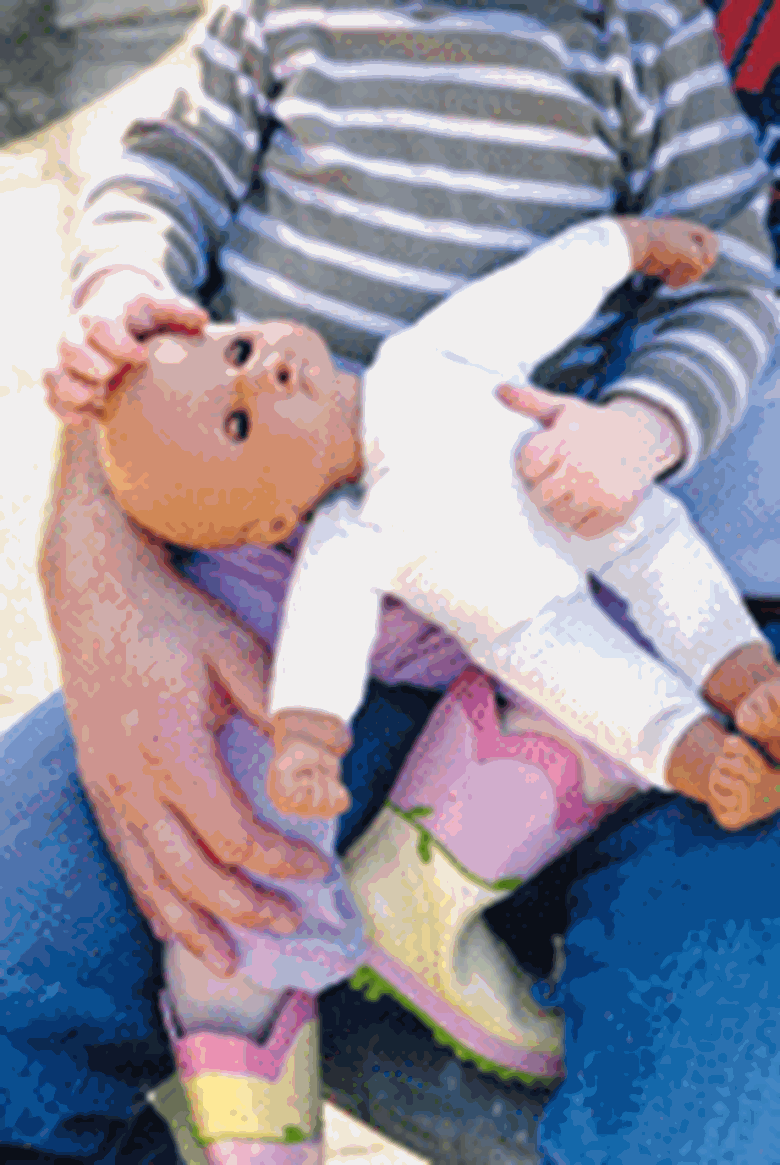Positive relationships: Attachment, part 4: After the trauma
Anne O'Connor
Wednesday, January 9, 2008
Children who have suffered a lack of care and nurture at a young age can benefit from special attention in an early years setting, says Anne O'Connor.

Register now to continue reading
Thank you for visiting Nursery World and making use of our archive of more than 35,000 expert features, subject guides, case studies and policy updates. Why not register today and enjoy the following great benefits:
- Free access to 4 subscriber-only articles per month
- Unlimited access to news and opinion
- Email newsletter providing activity ideas, best practice and breaking news




